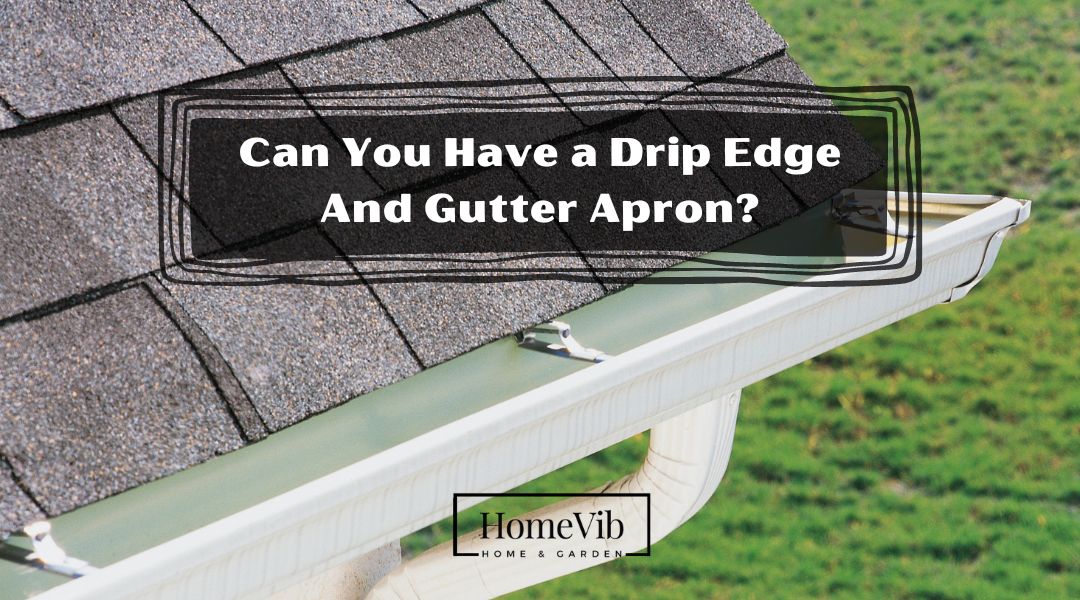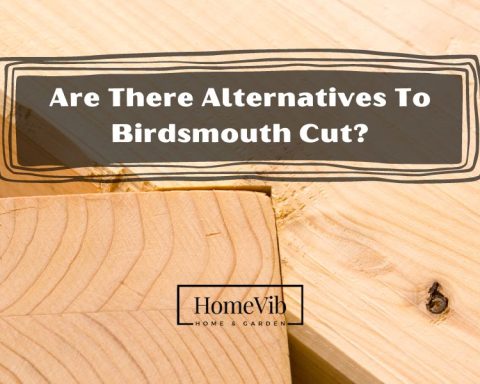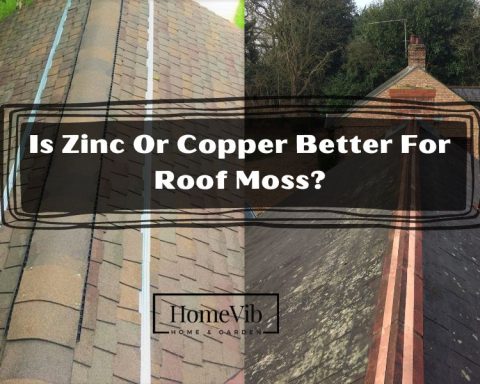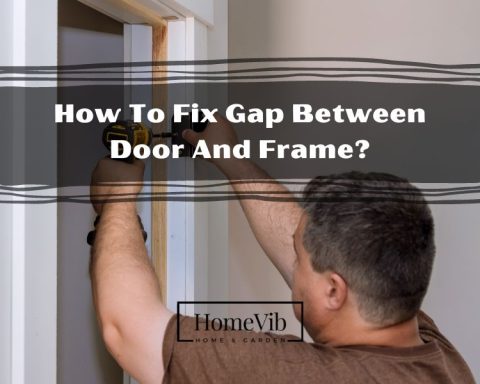Yes, you can adequately install drip edges and gutter aprons to improve your roof’s ability to protect your home from moisture infiltration. When insulating your home from water damage, your roof plays a critical role.
However, homeowners often wonder if they need both or can get by with just one.
What Is a Drip Edge?
A drip edge is a metal flashing installed along the advantages of a roof to direct water away from the fascia and prevent water from seeping into the roof deck.
It is typically made of aluminum or galvanized steel. It is installed under the roofing material, extending beyond the edge of the roofline.
Choosing to install a drip edge on your roof can have a significant impact on the overall health and longevity of your roof.
A drip edge redirects water away from the fascia board and into the gutters. Without a drip edge, water can seep under the shingles and into your home’s interior, causing damage to your roof deck, insulation, and walls.
Installing a drip edge creates a barrier that prevents water from penetrating these vulnerable areas.
What are the benefits of a Drip Edge?
- Prevents water damage
- Protects the fascia board
- Increases roof longevity
- Improves roof aesthetics
How to install a Drip Edge?
- Remove the old drip edge if necessary
- Install the underlayment on the roof deck
- Cut and shape the drip edge to fit the roofline
- Nail the drip edge to the roof deck
- Install the roofing material over the drip edge
When To Choose a Drip Edge?
Choosing whether or not to install a drip edge depends on various factors, including the type of roofing material, the climate, and the overall design of the roofing system.
Installing a drip edge when installing a new roof is recommended. This prevents water damage and ensures the roof is protected for many years.
A drip edge is also an excellent option to replace an old roof to avoid any water damage that may have occurred over time. Suppose your home is located in an area that experiences heavy rainfall or snow.
In that case, you can also prevent water from seeping into your roof and causing damage. This will add an extra layer of protection to your roof and prolong the life of your roof.
What Is a Gutter Apron?
A gutter apron is a flashing device installed under the shingles and over the gutters to direct water into the gutter system. It is typically made of aluminum or galvanized steel.
It is installed over the roofing material, extending into the gutter system.
What are the benefits of a Gutter Apron?
- Directs water into the gutter system
- Prevents water from seeping behind the gutter and damaging the fascia
- Protects the edge of the roof from wind damage
How to install a Gutter Apron?
- Install the underlayment on the roof deck
- Install the gutter hangers
- Cut and shape the gutter apron to fit the roofline
- Nail the gutter apron to the roof deck
- Install the roofing material over the gutter apron
When To Choose a Gutter Apron?
A gutter apron, or a drip cap, is a metal flashing installed over the roof’s edge and behind the gutter. You can install a gutter apron to protect your roof, prevent water damage, and replace your old roof.
What Are The Main Differences Between Gutter Apron And Drip Edge?
The gutter apron and drip edge direct water away from the roof’s edge and protect the fascia board from water damage. Understanding these differences can help determine which flashing type best suits your roofing system.
Shape
A gutter apron is typically L-shaped, with one side that slides under the roofing material and the other that extends over the gutter’s top.
The shape of a gutter apron allows for a smooth transition from the roof drainage to the gutter, ensuring that water flows smoothly into the gutter and away from the roof’s fascia board.
A roofing contractor may recommend installing a gutter apron if the roof has a steep slope. This will help direct water into the gutters more efficiently.
On the other hand, a drip edge is usually shaped like an “L” or a “T” and is installed along the roof’s edge. The primary function of a drip edge is to prevent water from seeping under the roofing material and causing damage to the roof’s edge.
The shape of a drip edge ensures that water flows away from the roof’s edge and into the gutters.
A drip edge may be a better choice for a roofing system with a low slope, as it will help prevent water from seeping under the roofing material and causing damage to the roof’s edge.
Installation Process
The installation process of gutter aprons and drip edges differs significantly. A gutter apron is typically installed before the gutters are put in place. It requires removing the first row of shingles to allow the flashing to be installed beneath the roofing material.
The gutter apron is then secured to the roof’s sheathing with screws or nails, and the gutter is installed on top of the flashing.
In contrast, a drip edge is typically installed after the roofing material has been installed. The drip edge is attached to the roof’s edge using roofing nails and secured to the roof’s sheathing.
The roofing material is installed over the drip edge, ensuring water flows away from the roof’s edge and into the gutters.
Reliability
A well-installed and maintained gutter apron or drip edge can last many years and provide reliable protection for a roof. However, some differences in reliability do exist between gutter aprons and drip edges.
Gutter aprons are typically considered more reliable in preventing water damage to the roof’s edge. This is because gutter aprons are installed underneath the roofing material, providing extra protection against water intrusion.
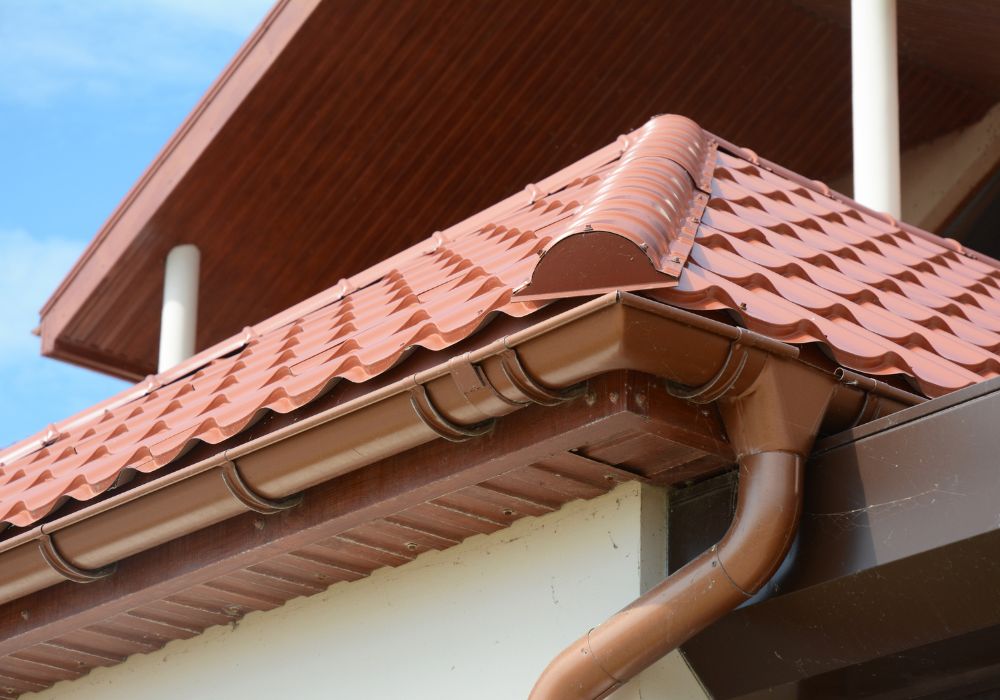
On the other hand, drip edges are installed on top of the roofing material, making them more vulnerable to damage and deterioration over time.
Drip edges can also be more prone to clogging with debris, leading to water backup and potential damage to the roof’s edge.
Price
Gutter aprons are typically more expensive than drip edges. This is because gutter aprons are installed underneath the roofing material, which can make the installation process more complex and time-consuming.
Additionally, gutter aprons are often made from more durable and high-quality materials, which can increase their cost.
The cost of a gutter apron installation can range from $500 to $1500, depending on the size and pitch of the roof.
Drip edges, on the other hand, are generally more affordable than gutter aprons. Drip edges are installed on top of the roofing material, making the installation process simpler and quicker.
Drip edges are often made from less expensive materials, such as aluminum, which can reduce their cost.
The cost of a drip edge installation can range from $200 to $500, depending on the materials used and the complexity of the installation process.
Code Specifications
Building codes may have specific requirements for installing gutter aprons and drip edges. Building codes typically require gutter aprons in areas with high rainfall or snow.
Building codes often specify the minimum size and material requirements for gutter aprons and the installation method. Failure to meet these requirements can result in fines or the need for costly repairs.
Drip edges are also subject to building codes and regulations. Building codes may specify the minimum size and material requirements for drip edges and the installation method.
It is important to note that some building codes may not require drip edges, especially in areas with low rainfall.
Examples:
-
- The International Residential Code requires a minimum 1.5-inch-wide gutter apron that extends over the roof sheathing and into the gutter by at least 0.75 inches.
- The Florida Building Code requires a minimum 26-gauge metal or equivalent gutter apron that extends at least 2 inches onto the roof sheathing and into the gutter by at least 0.75 inches.
- The California Residential Code requires drip edges for asphalt shingle roofs. It specifies a minimum 1.5-inch-wide drip edge that extends over the roof sheathing and into the gutter by at least 0.5 inches.
Which Should I Choose: Drip Edge Or Gutter Apron?
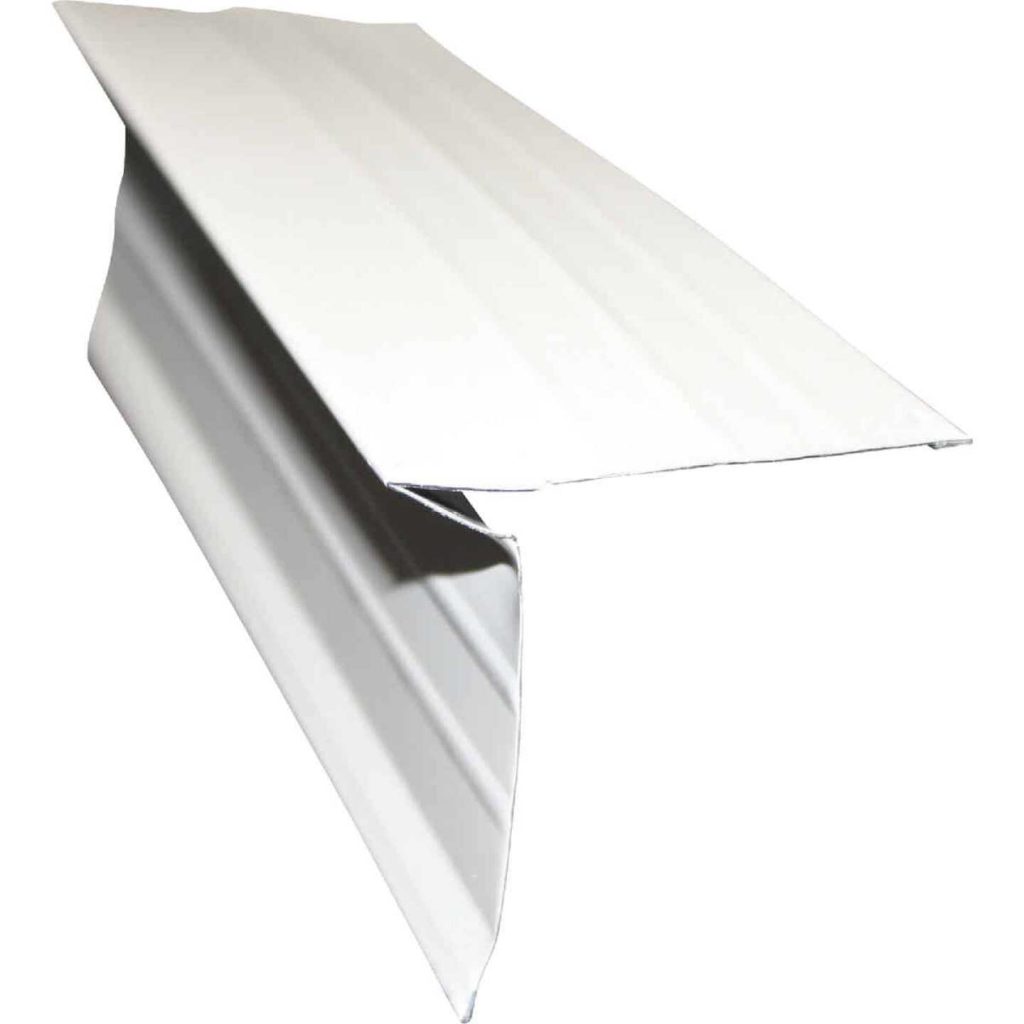
While drip edges and gutter aprons serve different purposes, they complement each other and provide added protection against water infiltration. Drip edges protect the roof’s edge and fascia from water damage.
In contrast, gutter aprons protect the fascia and prevent water from seeping behind the gutter. Installing both can significantly reduce the risk of water damage to your home.
Choosing a drip edge or a gutter apron depends on the specific needs of your roofing system. Both serve similar purposes of protecting the roof’s edge from water damage.
Still, the choice between the two may depend on factors such as the amount of rainfall in your area, the shape of your roof, and local building codes.
If you have gutters installed, it is recommended to install a gutter apron to prevent water from flowing behind the drain and causing damage to the roof’s edge.
If you do not have gutters installed, a drip edge may be more appropriate to prevent water from seeping into the ceiling and causing damage.
Can I Have a Drip Edge And Gutter Apron?
Yes, it is possible to have both a drip edge and a gutter apron installed on your roofing system. Having both can provide an extra layer of protection against water damage and help prolong the life of your roof.
The drip edge would be installed along the roof’s edge to prevent water from seeping into the roof and causing damage. In contrast, the gutter apron would be installed behind the gutter to prevent water from flowing behind the drain and causing damage to the roof’s edge.
However, it is essential to note that installing a drip edge and gutter apron may only be necessary for some roofing systems.
Frequently Asked Questions
Can Water Get Under the Drip Edge?
Water can get under the drip edge if the installation is not done correctly or if there are any gaps or damage to the roofing materials.
However, suppose the installation is done correctly and the roofing materials are in good condition.
In that case, the drip edge should prevent water from seeping under it and causing damage to the roof’s edge.
Do You Need a Drip Edge With Gutters?
Yes, it is recommended to have a drip edge installed along with gutters. A drip edge is a piece of metal flashing nestled along the roof’s edge to prevent water from seeping under the roofing materials and causing damage to the roof’s edge.
The drip edge is also designed to direct water into the gutters and away from the roof’s fascia board.
Do Gutter Guards Go Over Drip Edge?
The installation of gutter guards over a drip edge can vary depending on the specific type of gutter guard and the roofing system.
Sometimes, the gutter guard may be installed directly over the drip edge. In contrast, in other cases, the drip edge may need to be removed or modified to accommodate the gutter guard.
What Is a Proper Gutter Overhang?
A proper gutter overhang is typically between 1 and 1.5 inches. This means the gutter should extend at least 1 inch beyond the roof’s edge to ensure water is properly directed into the gutter and away from the roof’s fascia board.
Should Drip Edge Touch Fascia?
No, the drip edge should not touch the fascia directly. There should be a small gap between the drip edge and the fascia board to allow for proper ventilation and to prevent water from seeping behind the drip edge and causing damage to the roof’s edge.

